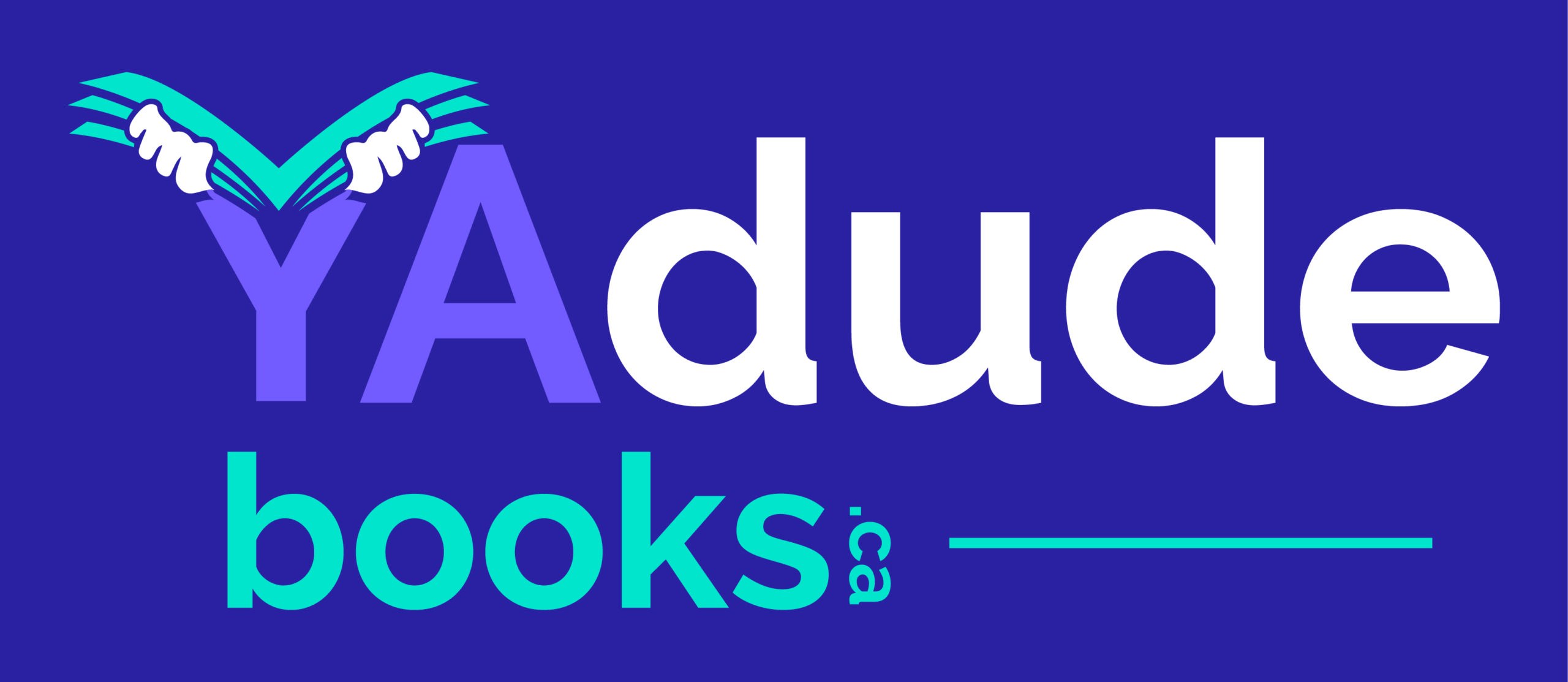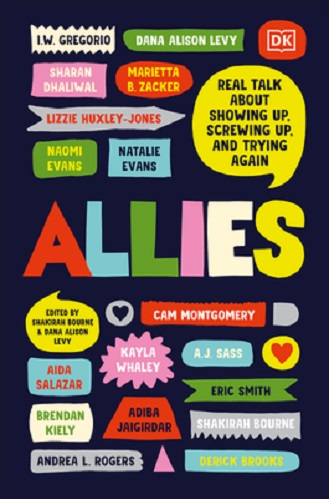As an ally, you use your power—no matter how big or small—to support others. You learn, and try, and mess up, and try harder. In this collection of true stories, 17 critically acclaimed and bestselling YA authors get real about being an ally, needing an ally and showing up for friends and strangers.
From raw stories of racism and invisible disability to powerful moments of passing the mic, these authors share their truths. They invite you to think about your own experiences and choices and how to be a better ally.
There are no easy answers, but this book helps you ask better questions. Self-reflection prompts, resources, journaling ideas and further reading suggestions help you find out what you can do. Because we’re all in this together. And we all need allies.
This anthology of personal essays addresses the topic of allyship as it relates to diversity and the experiences of marginalized and underrepresented people. As a resource for educators of middle-grade and high-school students, it is a helpful resource. As reading material for young dudes…let’s just say it’s probably only going to preach to the choir.
It is difficult to review a book written in different styles by different authors on different topics. Some of the essays, like Naomi and Natalie Evans’s “Why Didn’t Anyone Else Say Anything?” or Adiba Jaigirdar’s “The Unsafe Space” are deeply personal and affecting, helping readers to empathize with the writers’ nuanced experiences with racism.
Natalie Evans describes her experience being the only person to speak up against a racist comment to the train conductor, a person of color, as if she, also a person of color, were the only passenger for whom it mattered: “I was shaking, my hands were shaking, my body was shaking and I was utterly devastated.”
In Jaigirdar’s essay, we are introduced to the unsafe space within the safe space; what happens when a group of diverse, inclusive feminists first reveal, and then deny, the latent racism informing their attitudes? Her group, she reveals, “wanted to talk about women of color without listening to us, without valuing us… We existed when we agreed with their points or opinions, but if we didn’t, somehow that made us ‘anti-feminist.’” Hers is an eye-opening account of what it is like to be dismissed by those we may have considered allies. Her essay is in keeping with the general theme of the book: Allyship is fraught with challenges.
Others, however, like “Dana’s Absolutely Perfect Fail-Safe No Mistakes Guaranteed Way to Be an Ally,” by Dana Alison Levy, seem to try too hard to appeal to (their idea of) teen lingo, relating how she sometimes has “FOMO and wish[es she] had done the damn event,” or that she did not put an author whose reasoning she disagreed with “on blast.”
Cam Montgomery, in his “An Open Letter to the Young Black Queer,” similarly offers empty platitudes in place of meaningful advice or connection: “My quiet Black queer, you absolute rose of a human—I am here for you. With you.” If the reader is indeed in a place of insecurity and despair, Montgomery’s writing, as if from a supportive friend, feels hollow and superficial.
Allies: Real Talk About Showing Up, Screwing Up and Trying Again is a fine resource for teachers hoping to explore issues of diversity and allyship, as long as they are willing to put in the work to find the most helpful entries for their students.
- Mark David Smith


